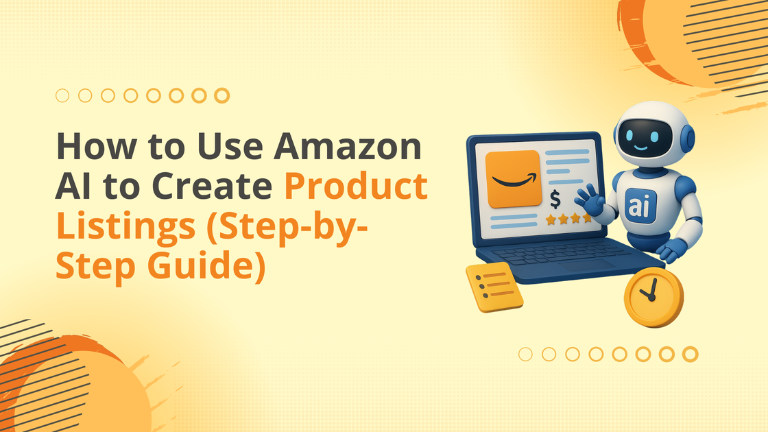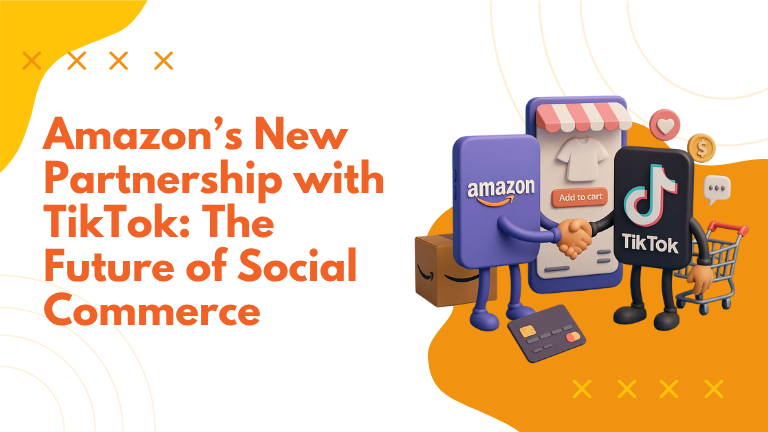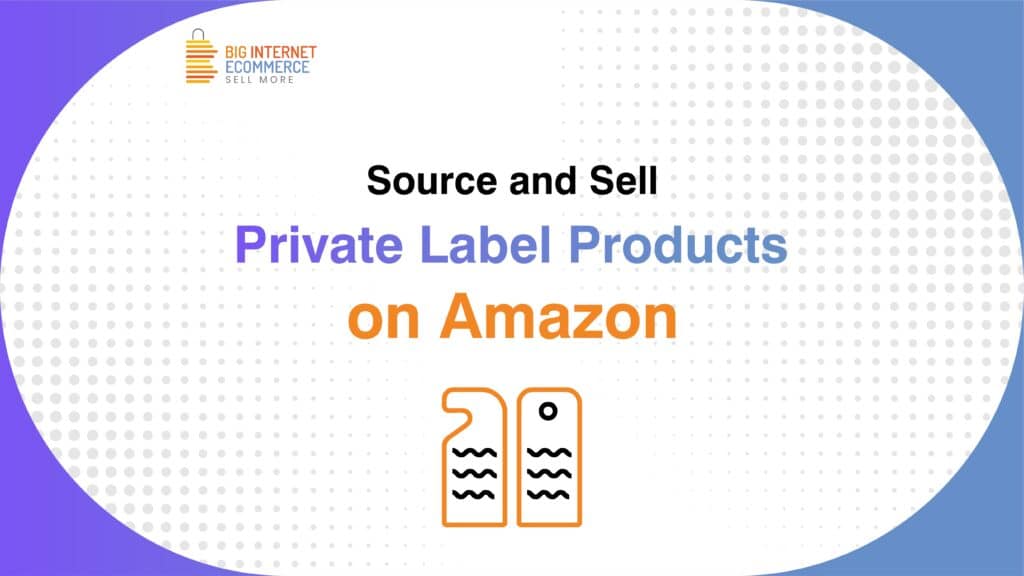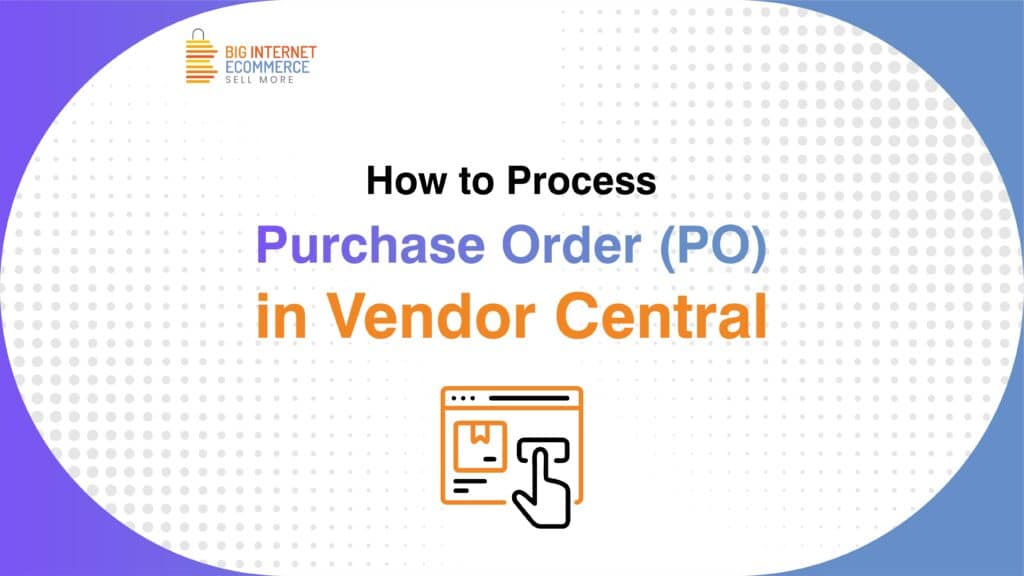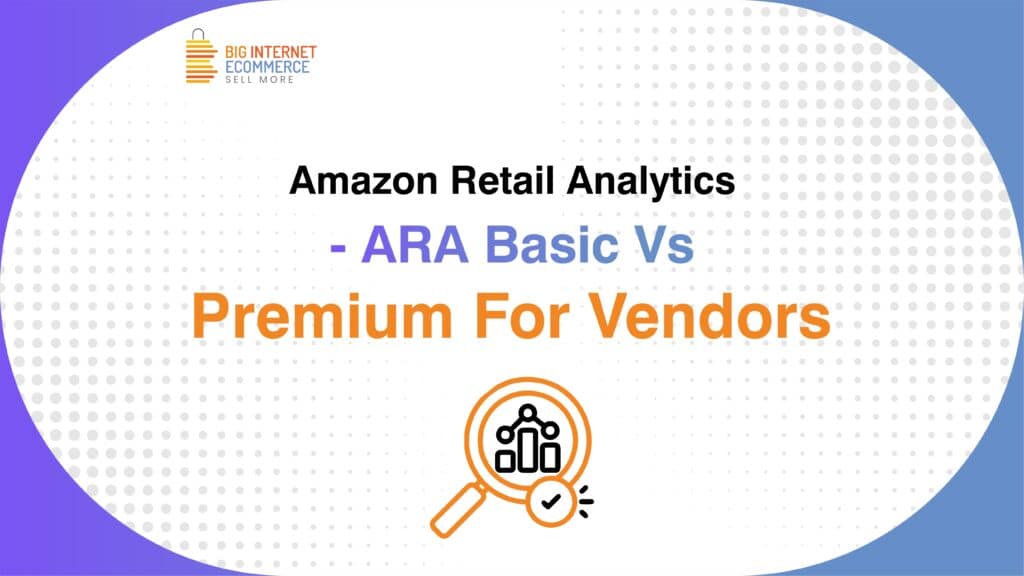How to Use Amazon AI to Create Product Listings (Step-by-Step Guide)
Creating product listings that both rank and convert has always been time-consuming. But now, Amazon’s AI-powered listing tools—powered by Amazon Bedrock—are changing that. With just a few words, an image, or a product URL, sellers can automatically generate complete listings, including optimized titles, bullet points, and descriptions. According to Amazon, these tools now generate 70% of all required product attributes and have improved listing quality by 40%. Here’s how Amazon AI can help sellers create better, faster, and more optimized listings—and how to make sure the results are compliant, on-brand, and performance-driven. What Is Amazon’s Generative AI for Listings? Amazon’s generative AI helps sellers: Auto-create listing text from an image, short description, or existing webpage. Suggest bullet points, product titles, and keywords. Generate A+ Content layouts and imagery based on successful category trends. Maintain tone consistency across SKUs. You can access these tools directly within: Add Products (to generate listings). A+ Content Manager (to generate enhanced visuals & text). Benefits for Amazon Sellers Save Time: Build listings in minutes, not hours. Boost Consistency: Maintain brand tone and format across multiple ASINs. Improve SEO: Automatically includes high-impact keywords based on Amazon data. Scale Fast: Launch hundreds of listings through bulk uploads. Enhance Quality: Listings created with AI show a 40% increase in quality metrics. How to Use Amazon AI Listing Tools Option 1: Using a Product Description or Image Upload a brief description or product photo → AI generates your title, bullets, and description. Option 2: Using Your Website URL Input your website’s product page URL → Amazon AI extracts and formats listing data automatically. Option 3: Bulk Uploads Upload a spreadsheet → AI transforms the data into ready-to-publish listings for multiple SKUs. Option 4: AI for A+ Content Generate A+ Content text and images using insights from your top competitors and category data. Best Practices Always review and edit AI content for compliance. Add custom keywords for SEO performance. Maintain pricing, material, and size accuracy. Combine AI-generated listings with manual optimization for conversion lift. How Big Internet Ecommerce Can Help At BigInternetEcommerce.com, we integrate Amazon’s AI tools with our own listing optimization framework to help sellers: Generate AI listings safely and accurately. Build Premium A+ and Brand Story modules with AI visuals. Use keyword and CTR data from Helium10 and Brand Analytics. Set up automated bulk listing workflows with quality control checkpoints. Amazon’s AI tools don’t replace creativity—they amplify it. Sellers who combine AI-generated listings with strong brand strategy, SEO, and review management will see the biggest gains. Want to scale your catalog with precision? Book your AI Listing Audit today. Follow Big Internet Ecommerce (BIE) on Instagram & LinkedIn to stay updated with the latest trends in Amazon selling.
How to Use Amazon AI to Create Product Listings (Step-by-Step Guide) Read More »


